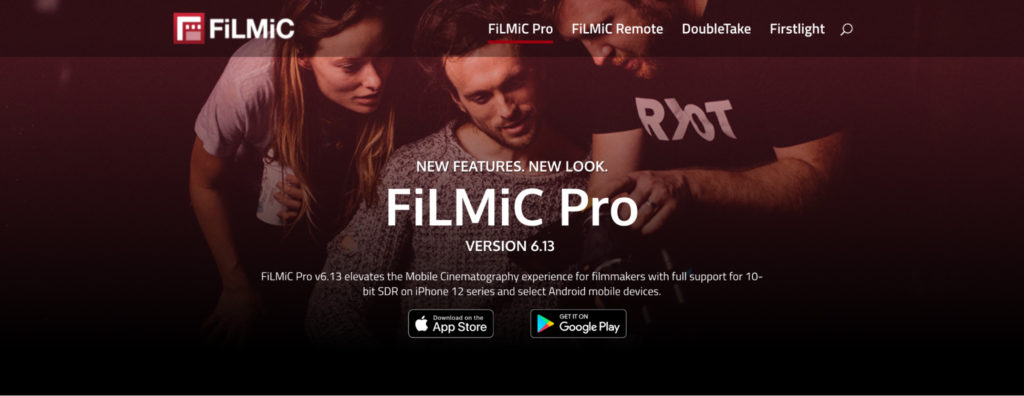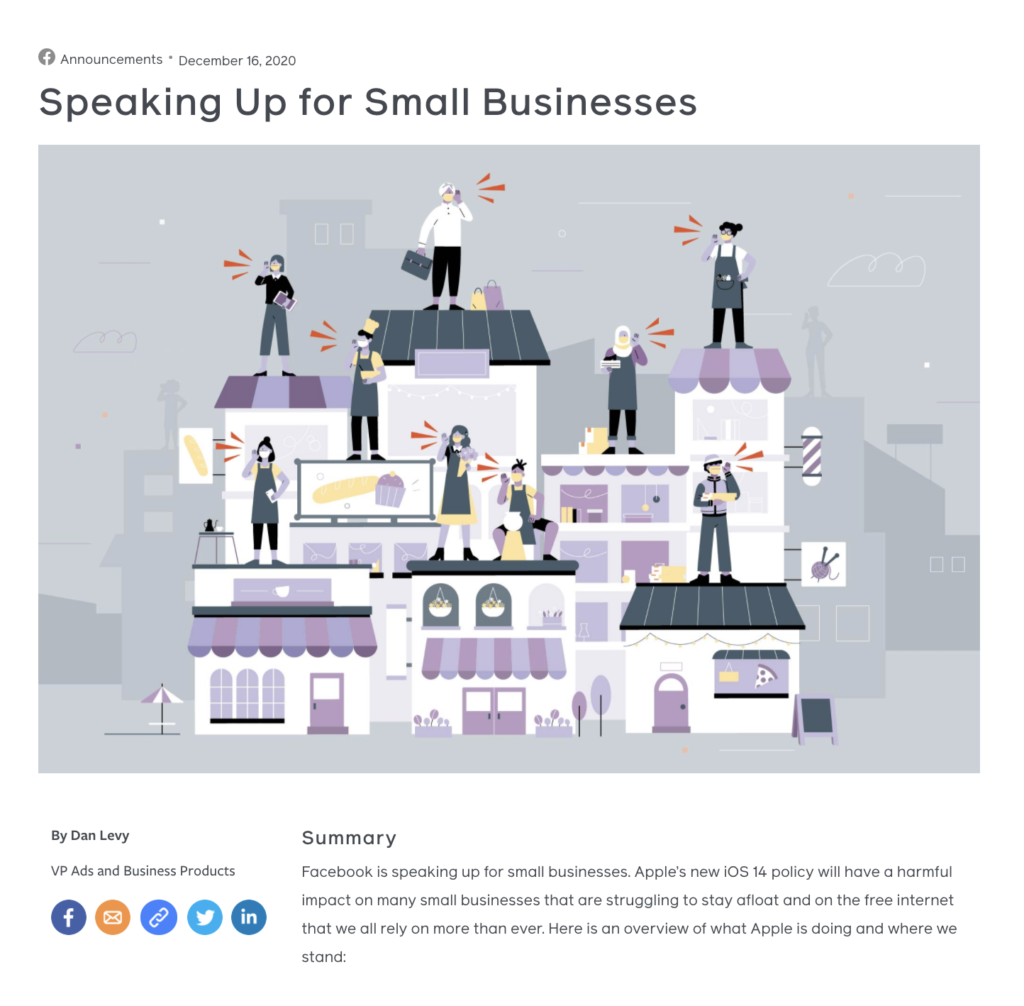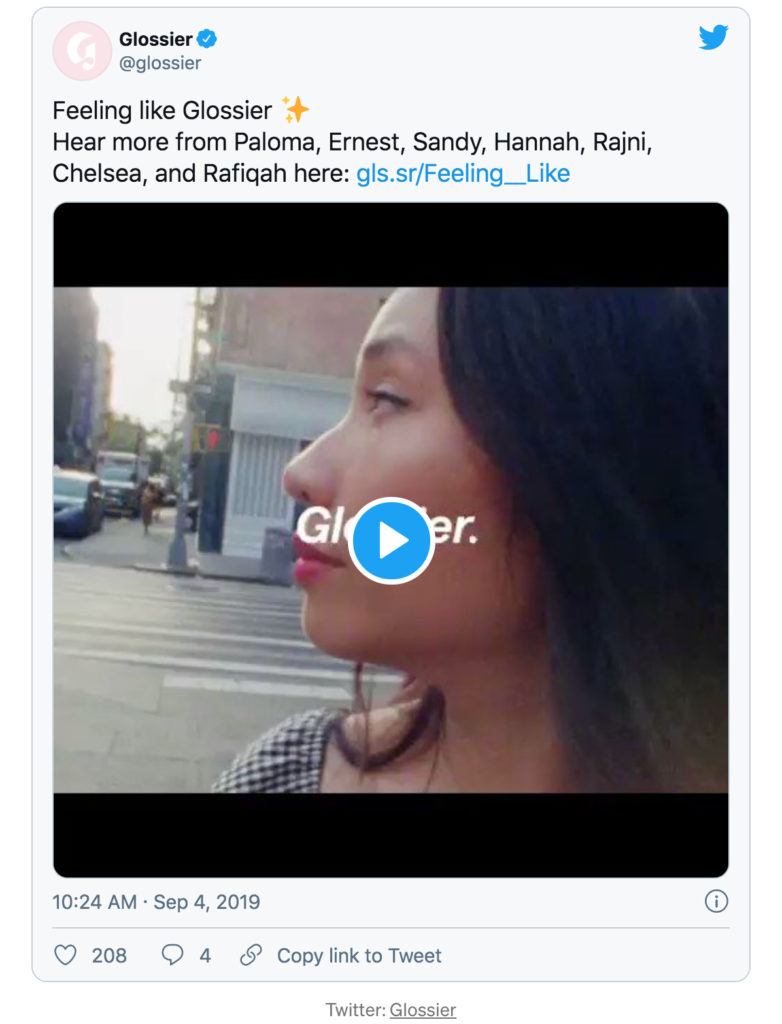There’s a reason why brands direct part of their marketing spend toward social media marketing efforts.
The target audience you’re trying to reach is among the more than three billion global social media users who are active on an average of 8.6 platforms.
As this number continues to grow year-over-year, it makes sense to invest more time and money into producing new content for channels like Facebook, YouTube, Instagram, and TikTok.
But, as you might already know, building a large following across multiple social media platforms rarely happens overnight.
Though there’s certainly truth to the age-old saying “consistency is key,” a full content calendar will only do so much for your brand’s growth if the quality of the content is subpar.
When your end goal is to drive traffic from social media to a landing page, you need to gather as much data about your target audience as you can — finding out which types of content they engage with and which ones they don’t.
It’s a proactive measure to ensure that you get a good return on your investment and that your next social media campaign is a success.
Before finalizing next quarter’s social media content plan, here are a few reasons why video should be prioritized in the mix:
- 93% of businesses cite that social media videos lead to new customer acquisition.
- 74% of marketers report that video outperforms static imagery for a better ROI.
- Not to mention, people share videos 1200% more than written content.
From this data alone, it’s clear that video is an effective marketing tool for businesses — on and off social media.
Let’s discuss why this is the case and how you can use social media videos to drive new traffic to landing pages.
In this post, you’ll learn
- A few common misconceptions about social media videos
- Tips for producing paid and organic social media videos
- Your options when it comes to influencer-created paid ads
- Strategies for driving more traffic to landing pages
In this article
Three Misconceptions About Producing Social Media Videos
Misconception #1: You need to be an expert video editor
Don’t get us wrong. Being able to bring your brand’s video production fully in-house with a team of professional videographers and editors is never a bad thing.
When you’re filming a TV commercial or other major project, it’s beneficial to have a team of experts at the ready.
But, in the context of social media videos, this level of expertise isn’t always necessary.
As long as you have a video recording device — whether a smartphone or video camera — and the means to edit the footage, you’re all set to start creating and sharing social media videos.
Misconception #2: Video production is too expensive and time-consuming
Many of us associate the video production process with boom mics, expensive camera setups, lighting equipment, and large crews.
In all actuality, producing a video for social media can be as simple as recording with a smartphone you already have, editing the video from this same device, and uploading it to your brand’s social media platforms.
To make your videos look more cinematic, you can download an app like FiLMiC Pro that gives you many of the same capabilities of a video camera without the steep prices.

From one digital marketer to another, you can produce a high quality social media video with this app, a smartphone, tripod, and optional audio and lighting gear.
Misconception #3: Video formatting rules are all the same
Even though the term “social media videos” refers to any video on any social platform, it’s important to remember that each platform has its own regulations and guidelines about video formatting.
With a quick Google search, you can learn about the compatible file formats, aspect ratios, maximum video durations, and more. (You can also check out this resource from Sprout Social about the best practices for video lengths.)
If you plan to distribute a video ad on Facebook, Instagram, and YouTube, it’s important to know ahead of time that
- Facebook videos have to be less than 240 minutes long, and MP4 is the recommended file format.
- Instagram videos can be up to 60 seconds long, and MP4 is also the recommended file format.
- YouTube videos do not have a maximum video length, and MPEG-2 is the preferred file format.
To ensure that your videos appear on users’ screens in the right way, you can tweak the formatting of the video in an editing software like Final Cut Pro, Movavi or Adobe Premiere Pro and export the versions you need for each platform.
Paid vs. Organic Social Media Videos
Now that we’ve addressed a few of the misconceptions about social media videos, let’s take a closer look at the two main ways to promote videos on social: paid and organic.
But first — some background context:
In early 2021, Apple’s iOS 14 update changed the way that marketers could target relevant audiences and track engagement analytics on Facebook. And needless to say, it had an immediate and detrimental impact on paid advertising.
The team at Facebook went so far as to publish this article and speak out against the update.

As someone with a hand in marketing and business operations, you know that every social media campaign needs a balance of paid and organic content.
If your brand is exclusively posting paid video ads, you’re likely spending more marketing dollars than necessary — especially since organic content can contribute to driving traffic to landing pages.
Since the iOS update was released, it’s become more difficult to find that balance because the reporting for paid content isn’t as accurate as it once was.
But as weeks and months go on, marketers are adapting to this obstacle and finding ways to fine-tune their content once again.
The Evergreen Potential of Influencer-Created Video Ads
Influencer marketing has become a pillar in many brands’ paid social media strategies.
To put “many” into perspective, it’s expected that $15 billion will be invested in the influencer marketing industry by 2022.
The reason?
Social media influencers have a built-in audience of followers who regularly engage with the content they share.
When a brand’s target audience overlaps with an influencer’s followers, this can be advantageous for both sides of a brand-influencer partnership.
By partnering with an influencer on paid social media videos, you can effectively increase brand awareness, attract new leads, and improve engagement rates.
And from an influencer’s perspective, this partnership creates a new line of income via affiliate links and can also give their audiences the added benefit of a discount code. (In turn, this incentivizes users to visit your landing page and ultimately convert to new customers.)
Paid social media videos produced by influencers are effective marketing tools for a number of reasons — but primarily because users trust the endorsements of the influencers they admire and subscribe to.
If your brand already has an affiliate program or is in the process of establishing one, one of the first things that your team has to consider is what type of influencer you should partner with for social media videos.
Though there are four main tiers of social media influencers (i.e., mega, macro, micro, and nano), we’re going to focus on macro and micro influencers in this guide.
Micro Influencers vs. Macro Influencers vs. Real People
Partnering with macro influencers might seem like a no brainer at first — especially since they tend to have between 100,000 and one million social media followers.
But when you take a closer look at the cost versus benefit, you might find that this type of partnership doesn’t pay-off in the ways you hoped.
And here’s a few reasons why:
High Cost For Less Engagement
It’s not uncommon for marketing teams to spend $2,000 to $50,000 on a single paid social media video from a macro influencer.
At face value, this seems like a fool proof strategy: Brands are spending more money because influencers have more followers — so ROI is guaranteed right?
Well, not necessarily.
In influencer marketing, more followers does not always mean better ad campaign results.
Statistically speaking, audiences of this macro-scale engage 6.7 times less than micro audiences (i.e., 10,000 to 100,000 followers) with an influencer’s content.
In contrast to macro influencers, micro influencers appeal to niche audiences on a more personal level because — though they’re popular on social media — followers are better able to relate to them.
Because your intent is to drive traffic to your landing page, you could end up paying more for social media videos that don’t perform.
All Of Your Eggs Are In One Basket
Given the costs involved for one video, it’s not hard to imagine the steep prices for forming retainer agreements with macro influencers.
Even if your brand has the capacity to work with several macro influencers, it comes back to whether it would yield the results you’re looking for.
For startups and small businesses, you’re staking a social media campaigns success on one or two macro influencers instead of 5 to 10 micro influencers.
As the saying goes, you’re putting all of your eggs in one basket in the hopes that it will pay off.
By partnering with micro influencers, you’re diversifying the paid social media videos that endorse your brand and reaching audiences that are more inclined to engage with the content (and follow through to the landing page).
Real People Want To See Real People
Let’s take macro and micro influencers out of the equation for a moment — because brands have another option when it comes to outsourcing social media videos for advertising purposes.
Check out this 2019 campaign video by Glossier.

Instead of spotlighting high profile influencers, Glossier shaped its “Feeling Like” social media campaign around real customers.
As a major brand valued at more than $1.2 billion, Glossier had the bandwidth to work with any combination of small and large-scale influencers. And they intentionally chose not to.
Their approach was strategic because like macro influencers, major brands have a harder time appealing to their target audiences on a personal level.
By centering their social media videos around real people, Glossier made it easier for current and prospective customers to connect with them.
How To Send More People To Your Landing Page With Video
If you want users to visit a blog post, pricing page, or other type of landing page, you have to give them a reason to make the leap from one platform to another.
To this effect, a strong video CTA is necessary.
Let’s say your brand’s social media videos direct users to a longer form video on your website.
Your team can strategically repurpose footage from the landing page video as a promotional tool. And in the span of a 60-second Instagram video, you hook users’ attention with a sneak peek of what they will find on your website.
In this scenario or one similar, your team should include an in-video CTA and a written CTA in the caption to further incentivize users to act.
The Role of Video in Effective Social Media Campaigns
Your team spends weeks and months preparing for upcoming social media campaigns.
And during this time of optimizing and planning, you consider everything from influencer partnerships to the individual elements on the content calendar.
…all the while adapting to obstacles like the iOS 14 update.
In order for your campaign to be successful, you need to not only understand your target audience but have the right reporting tools and capabilities to target them effectively.
That’s why one of the main perks of influencer marketing is that you can track engagement with paid social media videos in real-time and identify areas of improvement for future campaigns.
Directing social media users to the landing page is your main goal right now, but once there, your team can pave the way for new visitors to convert into new customers.



